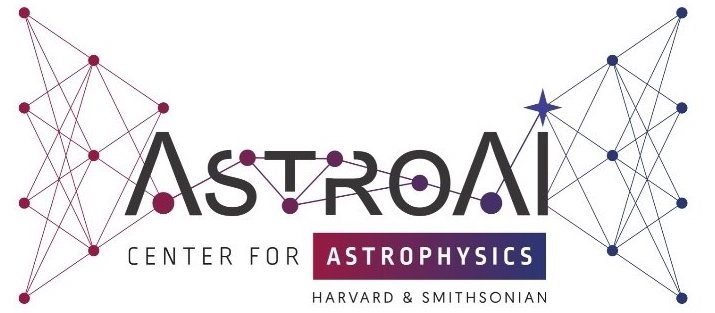AstroAI Workshop 2025
Christina X. Liu
Analyzing the Impacts of Stellar and Planetary Parameters to Exoplanet Habitability through Machine Learning
Presenter: Christina X. Liu
Title: Analyzing the Impacts of Stellar and Planetary Parameters to Exoplanet Habitability through Machine Learning
Date/Time: Monday, July 7th, 3:30 - 5:00 PM
Abstract: Are there any planets other than Earth where humans can live? What factors cause exoplanets to have a higher chance of habitability? How do these factors impact habitability? Seeking answers to these questions has been an active research field in astrophysics throughout the past decade. In this study, we identified the most influential stellar and planetary parameters to exoplanet habitability and analyzed how they impact habitability through the lens of machine learning. We built high quality Random Forest and XGBoost machine learning models for exoplanet habitability prediction. These models were based on data of 5,834 confirmed exoplanets obtained by joining the NASA Exoplanet Archive and the Habitable Worlds Catalog (HWC), PHL @ UPR Arecibo. We then applied feature importance analysis through the SHapley Additive exPlanations (SHAP) technique. Our results indicate several impactful parameters to habitability, and further analysis through SHAP shows how they affect the habitability. Specifically, relatively higher values in stellar radius, planet radius, and stellar effective temperature lean towards non-habitability, while a relatively higher planet orbit semi-major axis leans towards a higher chance of habitability. This study demonstrates that machine learning techniques could be effective not only in predicting exoplanet habitability, but also in understanding how stellar and planetary parameters impact exoplanet habitability.
